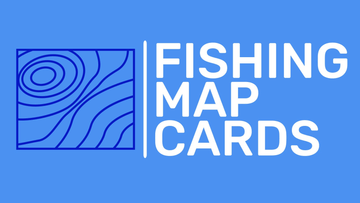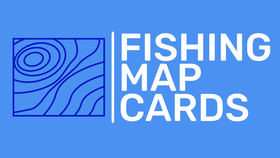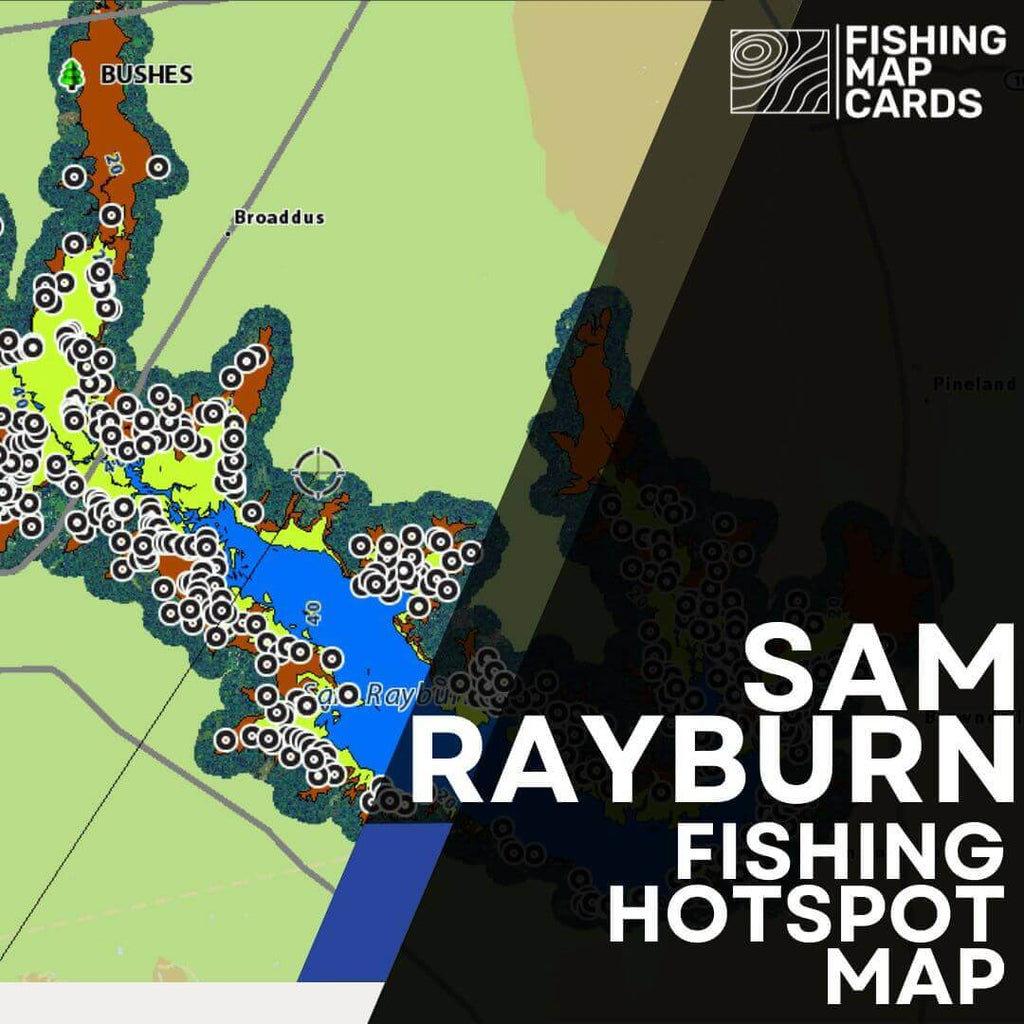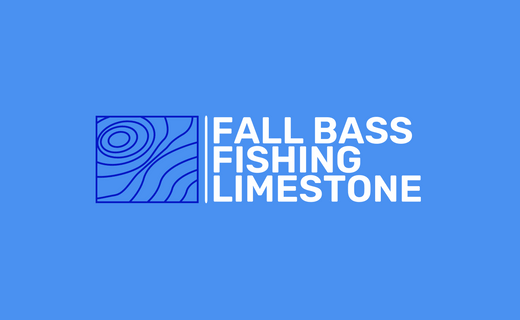Why Red, Orange, and Gold Shine on Sam Rayburn in Winter and Prespawn
As winter transitions into prespawn on Sam Rayburn Reservoir, bass fishing patterns begin to shift. One of the most reliable cues for anglers during this time is the effectiveness of red, orange, and gold colors in lures. These colors mimic crawfish, a primary forage for bass during these cooler months, and can be a game-changer in your fishing strategy.
Crawfish: The Key to Winter and Prespawn Success
Crawfish become an essential food source for bass in the winter and early prespawn periods. As the water temperature drops, crawfish activity slows down, making them an easier target for opportunistic bass. Their natural coloration, which often features hues of red, orange, and gold, blends perfectly with the surrounding environment and becomes especially prominent during this season.
One telltale sign that bass are feeding on crawfish is the presence of red marks on their lips and crushers (the bony plates in their throats). These red stains come from grinding and consuming crawfish. Observing this during a catch is a clear indication to switch to lures that replicate the crawfish’s appearance and movement.
Why Red, Orange, and Gold Work
-
Mimicking Crawfish Coloration: These colors closely resemble the natural hues of crawfish in winter and prespawn. The red and orange tones replicate the exoskeleton, while gold adds a realistic shimmer, especially in stained water.
-
Increased Visibility: Sam Rayburn often features stained to slightly murky water during this period. Red, orange, and gold lures stand out in these conditions, making them easier for bass to detect.
-
Reaction Strikes: Bass in the prespawn are aggressive and territorial, responding instinctively to brightly colored lures. The bold presentation of red, orange, and gold can provoke reaction strikes, even from less active fish.
Best Lure Types for These Colors
The following lure types excel with red, orange, and gold patterns on Sam Rayburn in winter and prespawn:
-
Rattle Traps: Lipless crankbaits in red or orange create vibrations and sounds that mimic crawfish movement, triggering strikes in colder water when bass rely on their lateral line to locate prey.
-
Crankbaits: Squarebills and medium-diving crankbaits with red or gold patterns are effective for deflecting off submerged timber and rocks, imitating a crawfish scurrying for cover.
-
Chatterbaits: A red or gold bladed chatterbait combines visual appeal with erratic vibrations, making it an excellent choice for working grass lines and shallow flats where crawfish are active.
Where and How to Fish These Colors
To maximize success, target areas where crawfish are likely to be found:
-
Rocky Points and Riprap: Crawfish hide in crevices, making these locations prime hunting grounds for bass.
-
Submerged Timber or Hydrilla: Bounce crankbaits or rattle traps off submerged wood or grass to mimic a fleeing crawfish.
-
Shallow Flats Adjacent to Deep Water: As water temperatures rise in prespawn, crawfish and bass move toward these transitional areas. Use chatterbaits and lipless crankbaits to cover water efficiently.
Final Tips for Success
-
Vary Retrieval Speeds: Experiment with slow and steady retrieves or erratic stop-and-go motions to determine what triggers strikes.
-
Pay Attention to Details: Look for the red stains on bass lips and crushers to confirm they’re feeding on crawfish.
-
Match Water Clarity: In clearer water, opt for subtler, translucent patterns with hints of red and orange. In murkier conditions, go for bold, opaque finishes with bright gold accents.
Leveraging red, orange, and gold lures during the winter and prespawn on Sam Rayburn can significantly improve your catch rates. By mimicking crawfish, targeting the right areas, and paying attention to visual cues from your catches, you can stay ahead of the seasonal bass behavior and make the most of this productive period.





